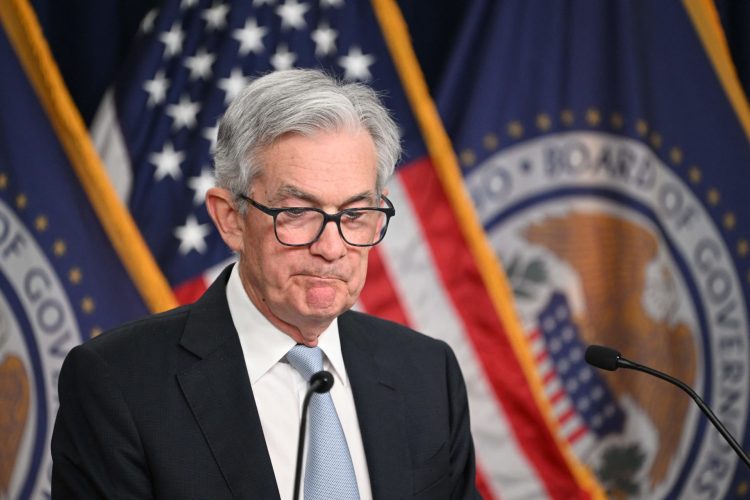Publisher: Maaal International Media Company
License: 465734
Fed’s Powell: I cannot specify a date for reducing interest rates.. It depends on the data
Today, Tuesday, during his testimony in Congress, Federal Reserve Chairman Jerome Powell refused to set a date for the start of lowering interest rates, indicating that the matter depends on inflation and labor market data.
According to CNN, Powell said that inflation “is still higher” than the two percent target sought by the Federal Reserve, but it has improved in the past few months, adding that “more good data will strengthen the central bank’s position on lowering interest rates.”
Powell compared the lack of progress regarding inflation during the first quarter of 2024 with the improvement that appeared in recently released data, which helped increase the Fed’s confidence that price pressures will continue to decline. Some believe that Powell’s statements show increasing confidence in inflation declining towards two percent. This is necessary to ease monetary policy.
اقرأ المزيد
The Chairman of the Federal Reserve added that increasing inflation is not the only danger we face, as cutting interest rates late or less than required threatens economic activity and the unemployment rate, adding that the Federal Reserve is currently concerned about the risks to the labor market and the economy if interest rates remain very high for a very long time. .
Powell explained, “After not making progress toward the 2% inflation target in the first part of this year, readings for the past few months have shown modest progress…More good data will strengthen our confidence that inflation is moving steadily toward the 2% target.”
But Powell stressed, “We will not lower interest rates until we have sufficient confidence that inflation will fall to about 2 percent,” and the US Consumer Price Index data for June is scheduled to be released on Thursday.
Regarding the crisis witnessed by the banking sector in America, Powell said that the Federal Reserve’s “well-established” view is that bank regulators should seek additional feedback on controversial efforts to increase bank capital, a step that the sector has long sought.
Powell added that the Federal Reserve, the Federal Deposit Insurance Corporation and the Office of the Comptroller of the Currency have made significant progress in improving the so-called “Basel III Endgame” proposal, which would reconsider how big banks measure risk and how much capital they should hold.
The Fed Chairman explained that federal agencies are still working on how to proceed with the effort and whether the rule should be finalized so it can go into effect or take the time to request more feedback.
Powell supports further discussion before implementing the new rule to increase banks’ financial liquidity, noting that other federal agencies have not yet agreed on this approach.
“My view, and the long-standing view of the members of the Federal Reserve, is that we need to put forward a revised proposal for comment for some time,” Powell said, adding, “When there are broad, fundamental changes, this is the practice we prefer.”
When prices rose in the wake of the Corona pandemic, the Federal Reserve responded by raising interest rates to the highest level in two decades in an attempt to calm the US economy and return inflation to its long-term target of two percent.
Inflation has fallen significantly since its peak in 2022, but progress stalled in the first quarter of this year before showing some improvement recently.
The Federal Reserve is widely expected to keep interest rates at 5.25% and 5.50% when it meets to set interest rates later in July 2024, but it could start cutting rates in September.
The market currently expects the Federal Reserve to make two interest rate cuts during the current year, by 25 basis points each time.








